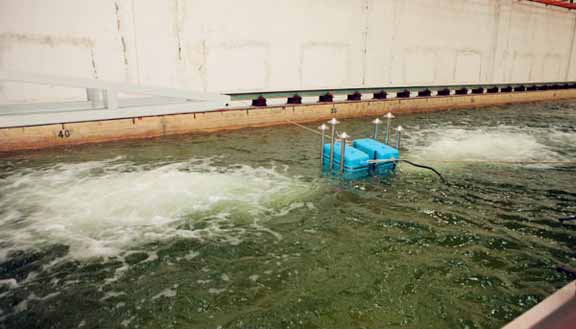Flotation method wastewater treatment

Flotation method wastewater treatment
When flotation method of electroplating wastewater treatment, heavy metal ions must first be precipitated by adding a surfactant material, heavy metal precipitates hydrophobilizing then adhered to the surface of the bubble rise through floating removed. According to the flotation method adhesively into different ion flotation, froth flotation, flotation and adsorption of colloidal precipitate flotation four categories. Ion flotation is a heavy metal ions and surfactants direct the formation of precipitation, and adheres to the separation bubble on. RM removing organic compounds such as aliphatic Cr6 +. Froth flotation is a heavy metal by surfactant bridge directly with bubble adhesion. Characterized in that the heavy metal ions precipitate flotation chemical precipitation formed first, and then by a surfactant or directly adhered to the bubbles formed are precipitated in the form of hydroxides, sulfides, etc., Commonly used surfactants are lauryl sulfonate. Colloid flotation using flocculant FeCl3 or AlCl3, to form a hydroxide colloid, and heavy metal ions are adsorbed water colloid, a surfactant, or by directly adhered to the bubbles. Flotation method for processing thin electroplating wastewater has unique advantages: low heavy metal residues, operating speed, small footprint, wastewater treatment capacity, sludge of the volume generated by small, high heavy metal content, low running costs. However, salt and fat content of water, scum and purified water reuse issues to be further addressed.
